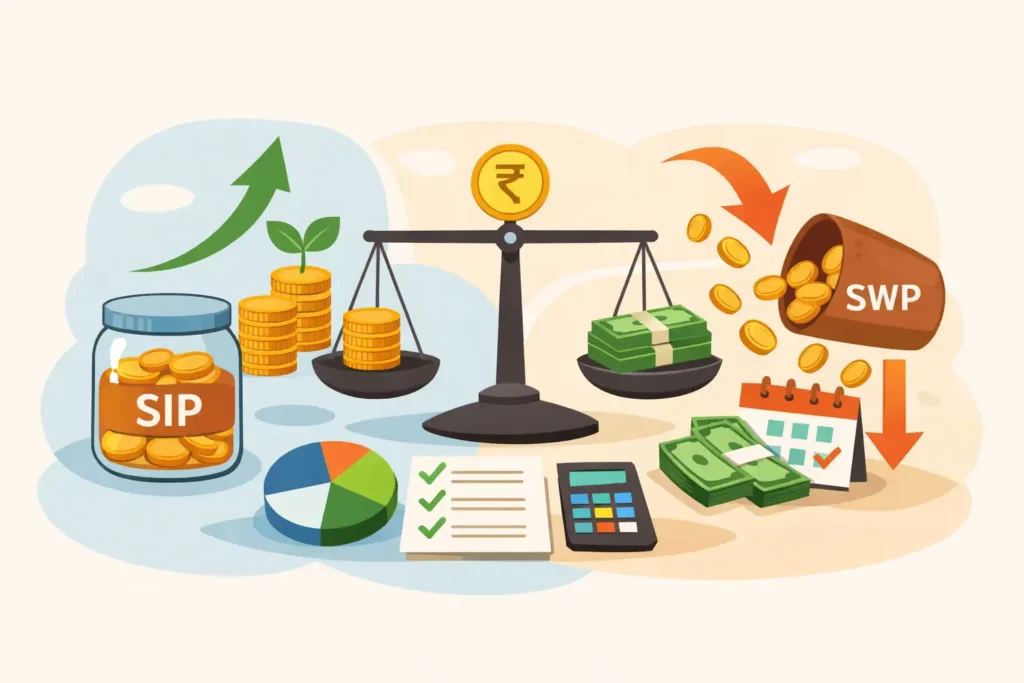The paperless world of technology has made numerous tasks a breeze, including practical financial decisions such as PF (Provident Fund) withdrawal. Your well-saved money can now easily be accessed while sitting comfortably in your home. From being a complicated, time-consuming procedure, PF withdrawal has transformed into an effortless, online process. So, if you’ve been pondering about how to withdraw your PF money, this guide will walk you through the entire procedure and help you gain access to your funds smoothly.
Firstly, let’s understand what PF is. Provident Fund is a compulsory, government-managed retirement savings scheme for employees. Under the Employees Provident Fund scheme, an employee contributes 12% of their salary per month, while the employer also contributes an equal amount. This fund grows over a period until the employee retires, post which he/she can withdraw the entire accumulated amount.
Two conditions allow for the withdrawal of PF money – an employee’s retirement or when he/she has been unemployed for over two months. However, under some circumstances, partial withdrawal is also permissible. In such cases, the employee can withdraw money for purposes like marriage, education, house construction, or medical emergencies.
Step-By-Step Process of How to Withdraw Your PF Money Online
- Log on to the UAN (Universal Account Number) Member Portal through your UAN and password. Your UAN is given by the EPFO (Employees Provident Fund Organisation) and is mandatory for PF withdrawal.
- Once logged in, click on the tab ‘Manage.’ Under this, select KYC to check if the details are accurate and verified.
- Now, in the ‘Online Services’ tab, click on ‘Claim (Form-31, 19 & 10C).’
- Then, a ‘Claim’ screen will appear. Verify the bank details shown and click ‘Yes’ to proceed with the ‘Verify’ option.
- After this, another screen will appear, where you can choose the type of withdrawal – full, partial, or pension withdrawal.
- Once you select your option, you’ll be prompted for a one-time password (OTP) that you’ll receive on your linked mobile number.
- Enter this OTP, and click on ‘Validate OTP and submit a claim form.’
- Voila! Your withdrawal process is complete, and you should receive your PF money within 10-15 days.
In terms of cost, EPFO doesn’t charge anything for withdrawal. However, if you’ve been contributing for less than five years, the amount received is liable for tax. As per Indian tax laws, the accumulated balance due and payable to the employee, up to the date of cessation of employment, is exempt from tax if the employee has rendered continuous service for a period of five years or more.
Although the online PF withdrawal process has made matters effortless, one must always weigh the merits and demerits. Using your PF money judiciously is vital because it acts as a safety net for your retirement years. Hence, it is advised to withdraw your PF money only under vital circumstances or after considering all the potential financial implications.
Remember, the world of finance always carries a hint of risk, and it is important to grasp all the nuances of any financial decisions you make. This article merely provides a guide on how to withdraw your PF money online and does not constitute financial advice. Please gauge all the pros and cons of trading in the Indian financial market before finalizing any decision.
Summary
Online PF withdrawal can become an effortless process if properly understood. PF or Provident Fund is a government-led retirement savings scheme wherein an employee contributes 12% of their salary, matched equally by the employer. This guide offers step-by-step guidance on how to withdraw your PF money online through the UAN Member Portal, by verifying KYC and bank details, selecting the type of withdrawal, and submitting the claim form after OTP validation. Additionally, you can use a PPF calculator to manage your Public Provident Fund investments efficiently. Although the EPFO doesn’t charge for withdrawal, the tax implications have to be considered if the contribution has been for less than five years. While the process has made things easier, financial decisions require detailed consideration. The investor must weigh the pros and cons before making any financial decisions in the Indian market.




